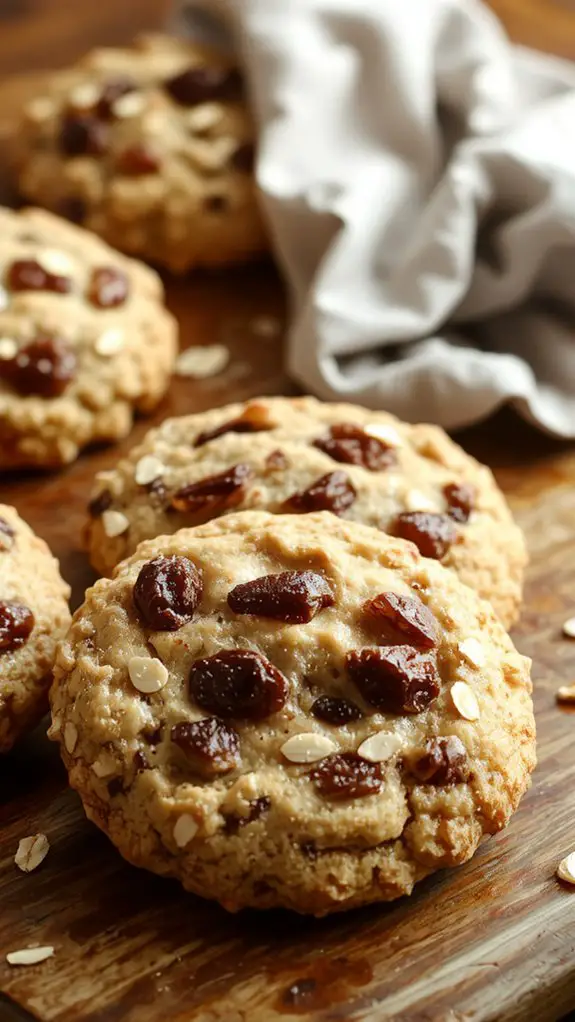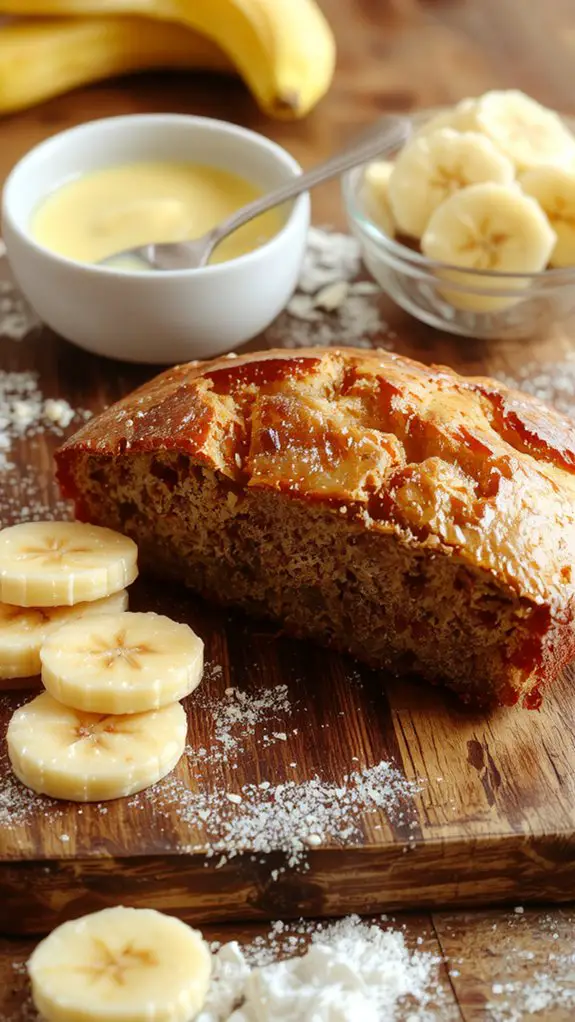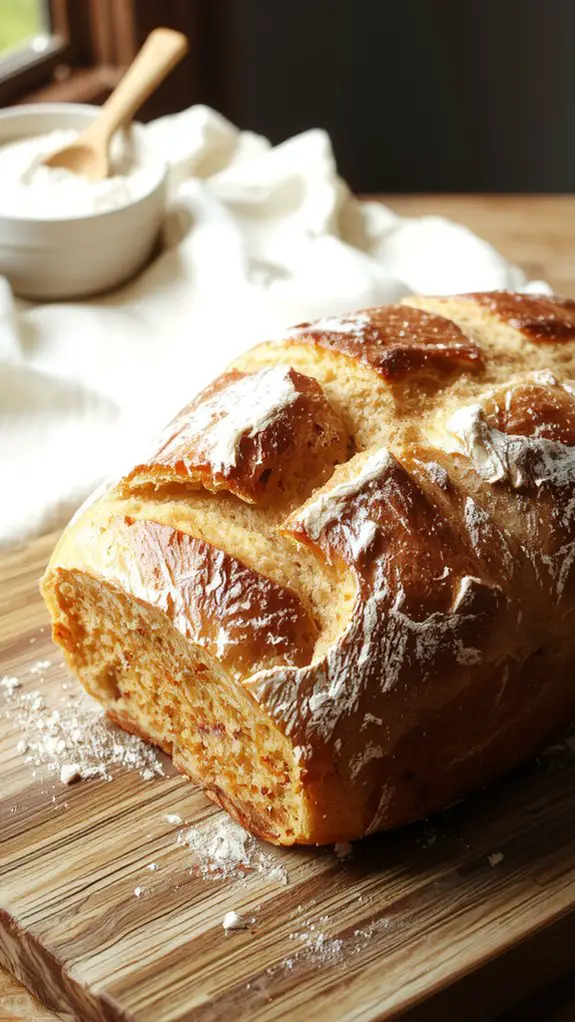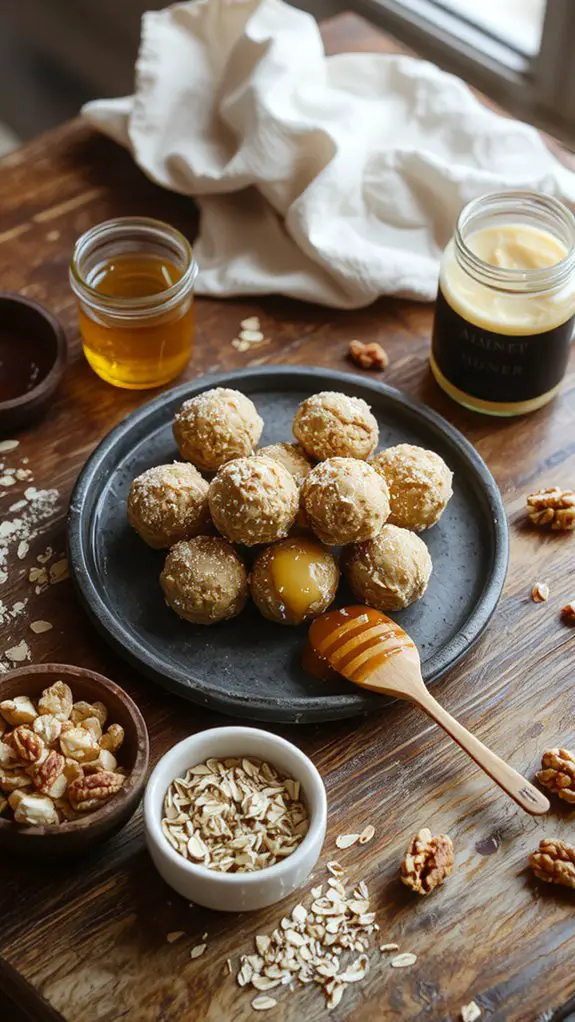Recipe
Let me tell you—these homemade oatmeal cookies are *the* cookie recipe you’ve been searching for. Seriously, they’re the kind of cookies that make your kitchen smell like a cozy bakery and have everyone reaching for seconds (and thirds).
What sets these apart? A perfect balance of chewy and crispy textures, thanks to the magic of rolled oats and a hint of cinnamon. They’re not overly sweet, just rich enough with a sprinkle of salt to elevate every bite.
I’ve been making these for years—holidays, potlucks, or just because—and they never fail to impress. Whether you’re a cookie novice or a seasoned baker, this recipe is foolproof and guaranteed to bring you major baking bragging rights.
Let’s get started—your next favorite cookie is just a bowl and whisk away!
Ingredients
For the ultimate homemade oatmeal cookies, the right ingredients are key to achieving that perfect balance of chewiness, sweetness, and texture. While some swaps can be made, a few essentials guarantee bakery-quality results every time. Here’s what you’ll need:
- Rolled oats: The star of the show—opt for old-fashioned rolled oats for the best chew. Quick oats can work in a pinch but won’t give the same hearty texture.
- Butter: Unsalted butter is non-negotiable for rich flavor and tender cookies. If you only have salted, just reduce added salt in the recipe.
- Brown sugar: Light or dark brown sugar adds moisture and a caramel-like depth. Dark brown sugar intensifies the flavor for a more robust cookie.
- Granulated sugar: A mix of sugars creates the perfect balance of sweetness and spread.
- Eggs: Bind everything together. For a vegan swap, try flax eggs (1 tbsp ground flaxseed + 2.5 tbsp water per egg).
- Vanilla extract: Pure vanilla elevates the flavor; imitation works but lacks depth.
- All-purpose flour: Provides structure. For gluten-free, a 1:1 gluten-free flour blend works well.
- Baking soda: Guarantees the cookies rise and spread just enough.
- Salt: Enhances all the flavors. Use kosher or sea salt for better distribution.
- Cinnamon: A dash adds warmth. Freshly ground is ideal for maximum aroma.
- Add-ins (optional): Raisins, chocolate chips, or chopped nuts (like walnuts or pecans) take these cookies to the next level.
For a little extra flair, sprinkle coarse sea salt on top before baking or drizzle with melted chocolate post-bake. These small touches make all the difference!
How to Make the Best Classic Oatmeal Cookie Recipe

– Beat in eggs one at a time, followed by vanilla extract. Adding eggs gradually helps them emulsify evenly.
Pro tip: Crack eggs into a separate bowl first to avoid shells in your dough.
– Whisk together flour, baking soda, cinnamon, and salt in another bowl. This guarantees even distribution of leavening agents.
Why it matters: Skipping this can lead to uneven rising or salty spots.
– Gradually mix dry ingredients into the wet mixture until just combined. Overmixing develops gluten, making cookies tough.
Visual cue: Stop when no flour streaks remain.
– Fold in rolled oats and any mix-ins (like raisins or chocolate chips). Use a spatula for gentle folding to avoid crushing the oats.
Flexibility: Swap mix-ins based on preference—dried cranberries work great too.
– Scoop dough onto prepared sheets, spacing 2 inches apart. A cookie scoop secures even sizing.
Pro tip: Flatten slightly for thinner, crispier cookies or leave as-is for chewier ones.
– Bake for 10–12 minutes until edges are golden but centers are still soft. They’ll firm up as they cool.
Watch out: Overbaking dries them out—pull them when they look slightly underdone.
– Let cookies cool on the sheet for 5 minutes, then transfer to a wire rack. This prevents breakage.
Why it matters: They continue cooking on the hot sheet, so don’t skip this step!
Nutrition
Oatmeal cookies are a wholesome treat packed with fiber and essential nutrients. Here’s the nutritional breakdown for a typical homemade oatmeal cookie:
| Nutrient | Amount per Cookie |
|---|---|
| Calories | 120 kcal |
| Fat | 5 g |
| Carbohydrates | 18 g |
| Protein | 2 g |
| Fiber | 1 g |
| Sugar | 8 g |
Chef Tips
When I make oatmeal cookies, I always make certain the butter is at room temperature—it’s key for achieving the perfect texture. I also prefer using old-fashioned oats for their chewiness.
Don’t overmix the dough; it keeps them tender. Chill the dough for 30 minutes to prevent spreading.
Finally, rotate the baking sheet halfway through for even browning. These small adjustments make a big difference.
Frequently Asked Questions
Can I Freeze the Cookie Dough?
Yes, I can freeze the cookie dough. I’ll scoop it into balls, place them on a baking sheet to freeze solid, then transfer to a bag. They’ll last for months, and I can bake them straight from the freezer.
How Long Do These Cookies Stay Fresh?
I find these cookies stay fresh for about 3–5 days if I store them in an airtight container at room temperature. If I want them to last longer, I’ll freeze them and thaw when I’m ready to enjoy.
Can I Use Quick Oats Instead of Rolled Oats?
Yes, you can use quick oats instead of rolled oats, but they’ll change the texture a bit. Quick oats absorb more moisture and make the cookies softer, so I’d adjust the baking time slightly.
What’s the Best Way to Store Baked Cookies?
I store baked cookies in an airtight container at room temperature to keep ’em fresh. If I’m keeping ’em longer, I’ll freeze ’em in a sealed bag. Adding a slice of bread helps maintain their softness.
Can I Substitute Butter With Oil?
I can substitute butter with oil, but it’ll change the texture and flavor. Oil tends to make cookies softer and denser, so I’d use slightly less oil—about ¾ the amount of butter the recipe calls for.










